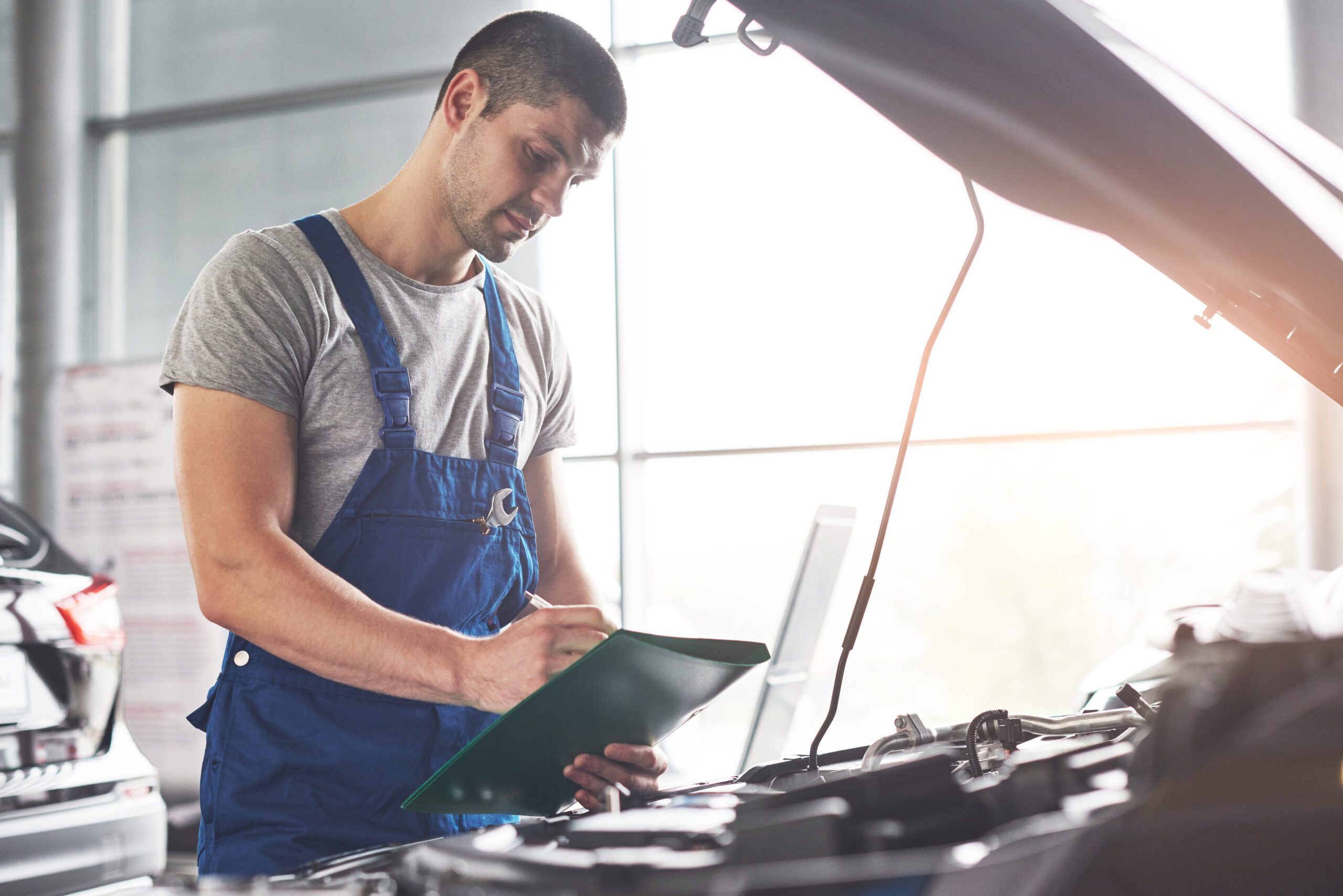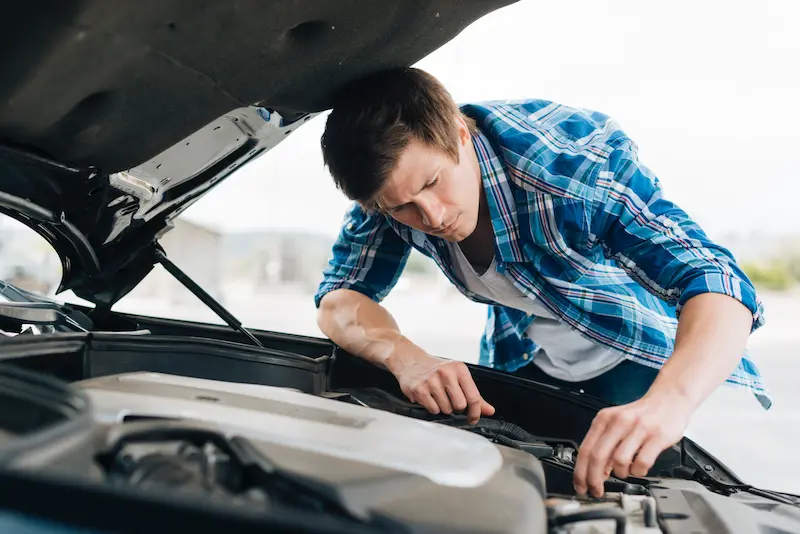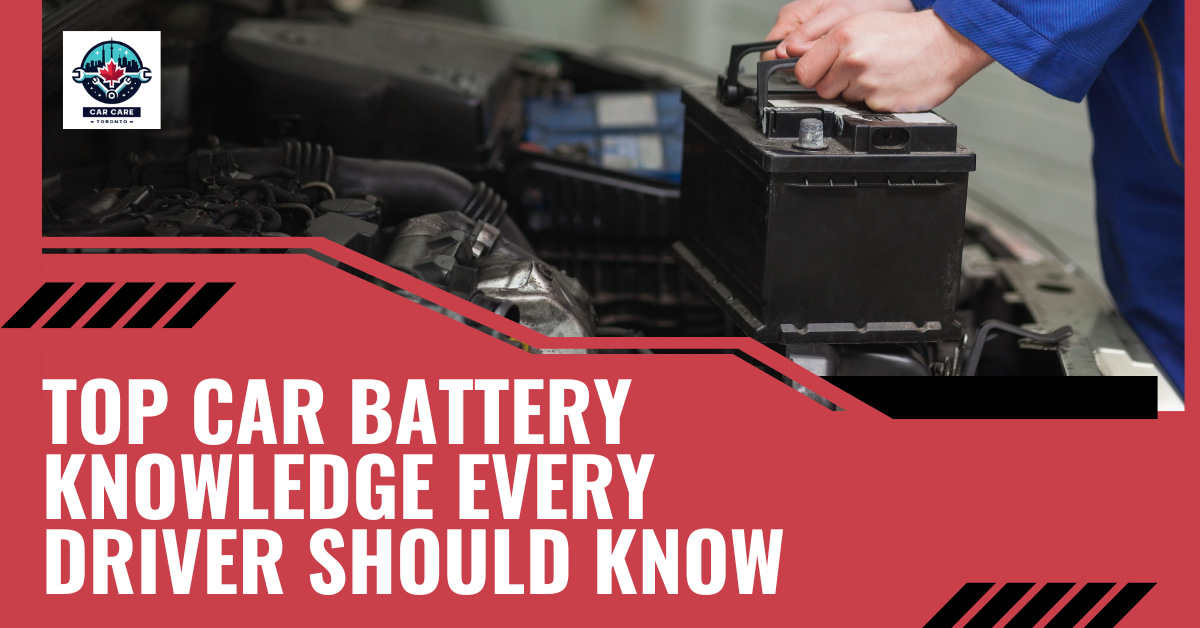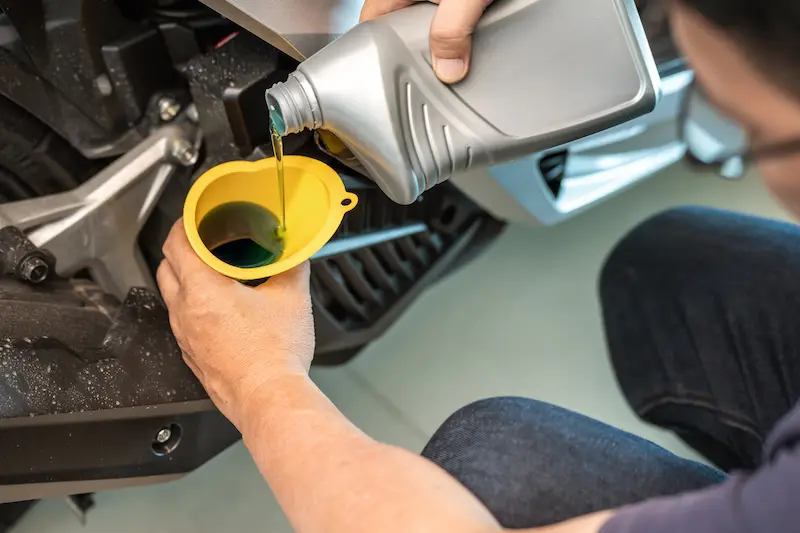Maintaining a car is more than just fueling it and driving; it’s about ensuring its longevity, performance, and safety. Having a detailed car maintenance checklist helps drivers stay on top of regular upkeep, which can prevent costly repairs, increase fuel efficiency, and keep you safe on the road. According to the Car Care Council, more than 77% of vehicles on the road today are in need of service or repairs. This highlights the importance of sticking to a car maintenance schedule.
This guide will walk you through a comprehensive car maintenance checklist, including daily, monthly, quarterly, and annual tasks. We’ll also explore studies that emphasize the benefits of regular vehicle maintenance and how neglecting these duties can lead to significant problems down the road.
The Essential Car Maintenance Checklist
A structured maintenance checklist ensures that you’re not missing important tasks. By breaking these tasks into daily, monthly, and annual categories, you can easily manage the health of your vehicle.
Daily or Weekly Maintenance Tasks
- Check Tire Pressure Proper tire pressure is crucial for safety, fuel efficiency, and tire longevity. Tires that are under-inflated cause increased friction, which leads to wear and reduces fuel efficiency. A study by the U.S. Department of Energy found that maintaining the correct tire pressure can improve gas mileage by up to 3%. It’s a quick check you can do before driving each day or week.
- Monitor Fluid Levels Regularly check the levels of essential fluids such as engine oil, brake fluid, windshield washer fluid, and coolant. Low fluid levels can lead to overheating, poor brake performance, or engine damage.
- Inspect for Leaks Perform a quick walk-around inspection of your vehicle to check for any leaks. Fluid leaks are often a sign of problems with your engine, cooling system, or transmission. Addressing these leaks early can prevent bigger mechanical issues down the line.
- Watch for Warning Lights The warning lights on your dashboard are the car’s way of telling you something needs attention. Whether it’s low oil pressure, a battery issue, or a problem with the engine, never ignore these lights.
- Clean Your Windshield and Mirrors Visibility is key to safe driving. Make sure your windshield, rear window, and mirrors are clean and free of obstructions. Keeping these areas clear improves driving safety, especially in low-light or inclement weather conditions.

Monthly Maintenance Tasks
- Check the Battery A weak or corroded battery can leave you stranded, especially in extreme weather conditions. According to AAA, more than 90% of battery failures are caused by internal deterioration. Check the battery terminals for corrosion and ensure that the connections are tight. If your battery is older than three years, have it tested to see if it needs to be replaced.
- Inspect the Tires Beyond just checking tire pressure, take a close look at the tread wear. Tires that have uneven or excessive wear may need to be replaced or rotated. Ensure that your tires are not balding, as this decreases traction and can increase the risk of hydroplaning on wet roads.
- Test the Lights Ensure all lights, including headlights, taillights, brake lights, and turn signals, are working properly. Faulty lights not only decrease visibility but can also result in a traffic violation.
- Check Wiper Blades Wiper blades are vital for visibility in the rain and snow. Inspect the rubber for any signs of wear and tear, and replace them if they are streaking or skipping across the windshield.
Quarterly Maintenance (Every 3,000 to 5,000 Kilometers)
- Oil and Oil Filter Change One of the most crucial car maintenance tasks is an oil change. Over time, engine oil breaks down and loses its ability to lubricate and cool the engine. According to a study from J.D. Power, failing to change oil regularly can lead to a 50% decrease in engine life. Regular oil changes help maintain engine health and performance. Don’t forget to replace the oil filter, as it traps dirt and contaminants that could damage your engine.
- Tire Rotation and Alignment Rotating your tires ensures even wear and extends the life of your tires. Every 5,000 kilometers is a good rule of thumb for tire rotation. Poor alignment not only causes tires to wear unevenly but can also make your car harder to handle. Ensuring your tires are properly aligned will make for a smoother, safer ride.
- Inspect Belts and Hoses The engine’s belts and hoses play a crucial role in keeping it cool and running properly. Cracked or worn belts and hoses can lead to breakdowns. Checking them regularly for cracks, leaks, or wear can prevent overheating or engine failure.
- Check Brake Fluid and Brake Pads Brake fluid is essential for transferring the force from your brake pedal to the brakes themselves. If the fluid is low or contaminated, it could lead to brake failure. Additionally, inspect your brake pads every few months to ensure they aren’t worn out. According to a report by the National Highway Traffic Safety Administration (NHTSA), worn brake pads contribute to over 22% of mechanical-related accidents.
- Examine the Air Filter A clean air filter improves fuel efficiency and reduces emissions. A dirty air filter restricts airflow to your engine, causing it to work harder and burn more fuel. Replacing the air filter every 10,000 kilometers can improve gas mileage and vehicle performance by up to 11%, according to Consumer Reports.
Bi-Annual Maintenance (Every 10,000 Kilometers)
- Brake Inspection Brakes are essential for your safety, so it’s important to have them inspected at least twice a year. Look at the brake pads, rotors, and brake lines for any wear or damage. If you notice squealing, grinding, or reduced braking power, it’s time to have your brakes checked and possibly replaced.
- Battery Testing Batteries tend to fail in extreme weather conditions. Whether it’s summer heat or winter cold, you don’t want to be left stranded with a dead battery. Have your battery tested to make sure it’s holding a charge and that there are no signs of corrosion on the terminals.
- Cooling System Check Your cooling system keeps the engine at the proper operating temperature. Overheating can cause severe engine damage. Flushing and refilling the coolant helps remove any dirt or rust that may be circulating in your cooling system, ensuring that it works properly year-round.
- Inspect the Exhaust System The exhaust system helps to reduce harmful emissions and keep your car running smoothly. An annual check of the exhaust system can identify any leaks or holes that could lead to dangerous fumes or reduced engine efficiency.
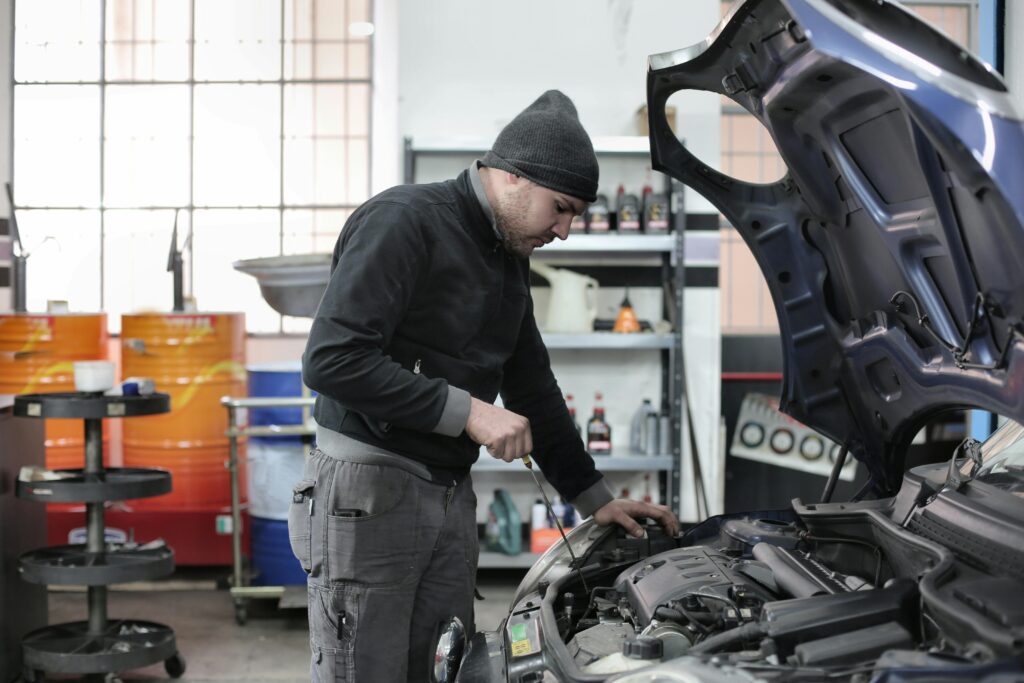
Annual Maintenance (Once a Year or 20,000 Kilometers)
- Full Vehicle Inspection Once a year, it’s wise to have a comprehensive inspection of your entire vehicle. This includes checking the suspension, steering components, transmission, and other critical systems to ensure everything is in working order. A detailed inspection can uncover hidden issues before they become expensive repairs.
- Transmission Fluid Change Transmission fluid plays a key role in ensuring smooth gear shifts. Like engine oil, transmission fluid needs to be changed periodically to maintain proper lubrication and performance. A study by AAA showed that regular transmission fluid changes can extend the life of the transmission by up to 50%.
- Inspect Suspension Components Your car’s suspension system is responsible for handling and ride comfort. Worn suspension parts, such as shocks and struts, can lead to a bumpy ride and reduced control. Inspect these components annually to ensure your vehicle remains safe and comfortable.
- Check the Spark Plugs Spark plugs ignite the fuel-air mixture in your engine, and over time they can wear out or become dirty. Replacing spark plugs annually helps ensure smooth engine performance and improves fuel efficiency.
Related Article: Why Seasonal Tire Changes Are Essential for Ontario Drivers
The Importance of Following the Checklist: Supporting Studies
Numerous studies have proven the value of regular car maintenance and following a structured car maintenance checklist.
- Improved Fuel Efficiency According to the U.S. Department of Energy, a well-maintained car can improve fuel efficiency by 10-20%, depending on the maintenance schedule. Simple tasks such as keeping your tires properly inflated and changing your air filter can drastically improve gas mileage.
- Reduction in Repair Costs A study by CarMD found that the average cost of a major repair is around $3,000, compared to about $400 per year in regular maintenance. The study concluded that regular maintenance significantly reduces the likelihood of major repairs, saving car owners thousands of dollars over the life of the vehicle.
- Increased Vehicle Longevity Vehicles that receive routine maintenance can last more than 200,000 kilometers without major issues, according to J.D. Power. Owners who follow regular maintenance schedules reported fewer breakdowns and lower repair costs over time.
Stick to the Maintenance Checklist for a Healthier Vehicle
Maintaining your vehicle is one of the most important aspects of car ownership. A comprehensive car maintenance checklist helps keep your car running smoothly, improves fuel efficiency, and reduces the risk of costly repairs. By adhering to the suggested daily, monthly, and annual maintenance tasks, you’ll enjoy a safer, more reliable ride for years to come.
Studies have shown that regular maintenance significantly improves vehicle performance, reduces repair costs, and increases fuel efficiency. Don’t wait for something to go wrong—use this car maintenance checklist to stay ahead of problems and keep your car in top condition.



